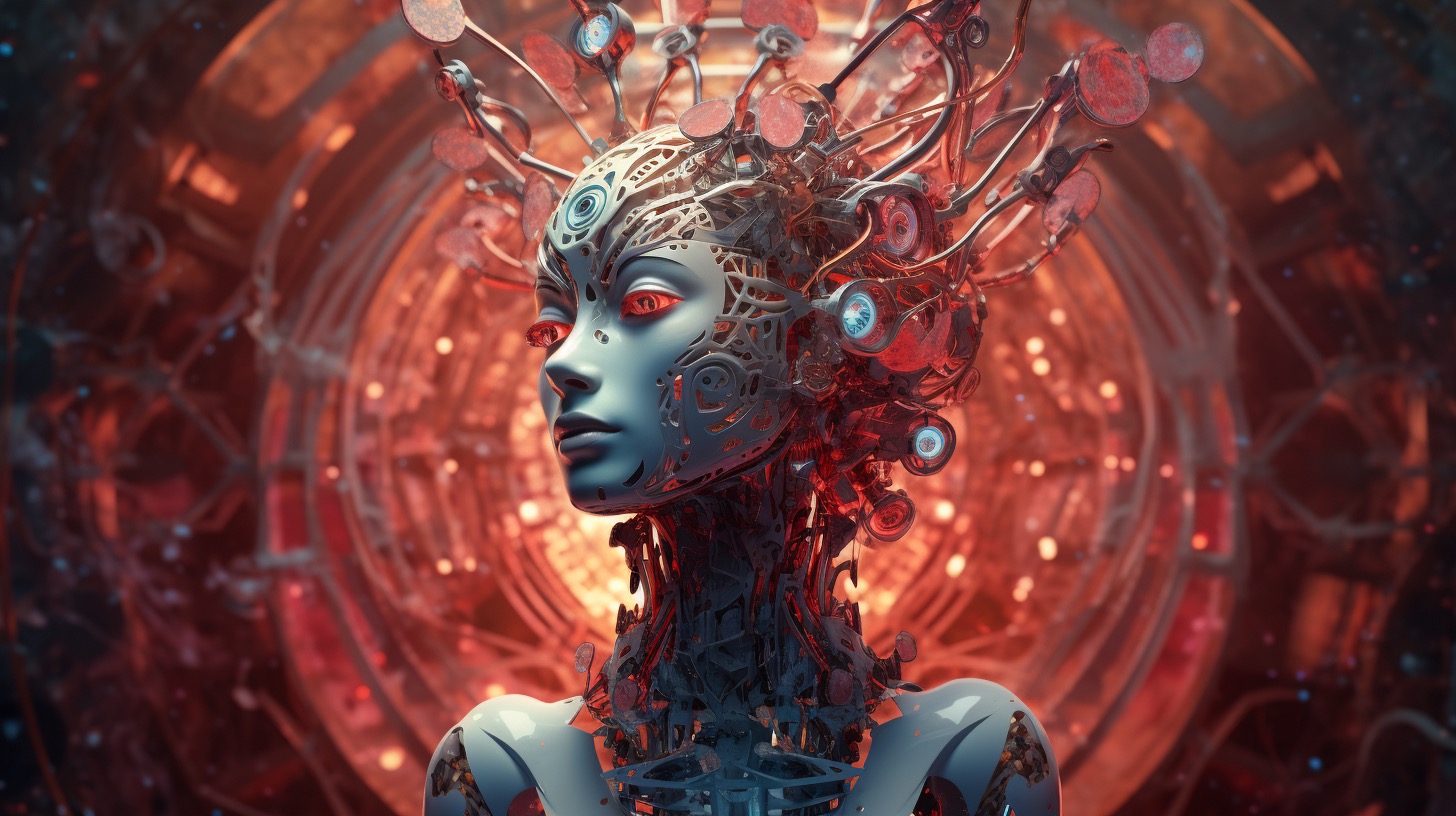
Google's new RT-2 AI model allows robots to figure out how to complete tasks without training
August 11, 2023Step into the realm of science fiction turned reality as Google unveils its groundbreaking creation - the Robotics Transformer 2, or RT-2 for short. This cutting-edge AI model is revolutionising the way robots interact with humans, bringing us one step closer to a world where machines and humans coexist seamlessly.
Dubbed as a vision-language-action (VLA) model, RT-2 is a game-changer. Unlike traditional chatbots, it doesn't just generate text snippets. This genius AI was trained on a diverse array of text and images from the vast expanse of the web, enabling it to perform astonishingly human-safe actions.
The brains behind the development of RT-2 belong to Google's visionary DeepMind team. Their mission? To create a custom software solution and bridge the gap between theoretical AI knowledge and real-world robotics. The challenge? Monumental. Robots need to handle complex tasks in dynamic and unpredictable environments, and that's no easy feat.
While training language models for chatbots is no small task, preparing an AI like RT-2 to navigate the complexities of the physical world is a whole new level of complexity. It's not just about recognising an apple; it's about understanding context, differentiating it from other objects, knowing how to handle it - the whole nine yards.
Traditionally, training robots demanded an unfathomable amount of real-world data - billions of data points - to be of any practical use. But hold onto your seats; RT-2 is about to rewrite the rules. Leveraging the power of its predecessor, RT-1, this AI wunderkind can do "complex reasoning" with just a fraction of robot training data. It's a groundbreaking step towards more efficient robot training methods.
RT-2's capabilities are awe-inspiring. The AI can draw knowledge from a vast web corpus and respond to complex human-made requests. It knows how to dispose of trash without being explicitly programmed for it - a testament to its capacity to learn and adapt beyond its initial training, unlike some robots like Kachaka, which was solely programmed for domestic use.
To prove its mettle, RT-2 underwent over 6,000 "robotic trials". The results were nothing short of spectacular. In familiar tasks, it performed on par with its predecessor, RT-1. But where it truly shone was in uncharted territories. RT-2 boasted an impressive 62% completion rate in unfamiliar scenarios, twice the achievement of RT-1. This adaptability takes robot capabilities to new heights.
Google's visionary software developers, DeepMind team, recognise that RT-2 is just the beginning of a new era where AI and robotics merge seamlessly. The potential for practical and versatile general-purpose robots is limitless. There's still much work to be done, but the path ahead is filled with optimism and untapped possibilities. Brace yourselves for the robot revolution.
